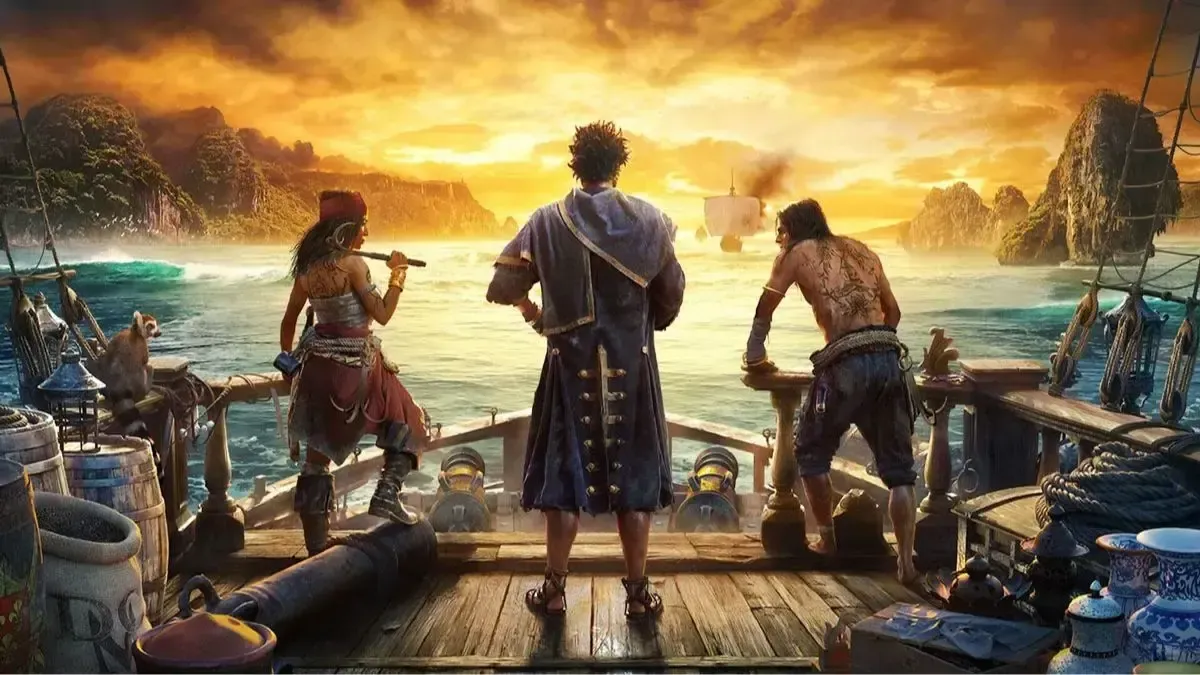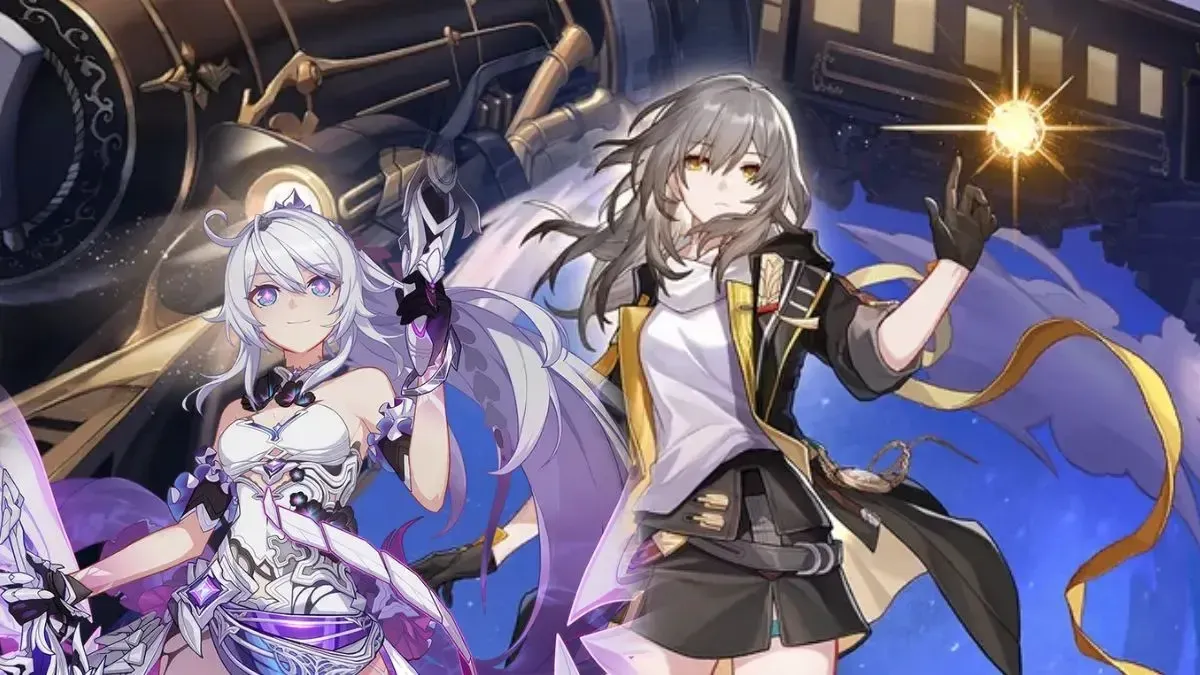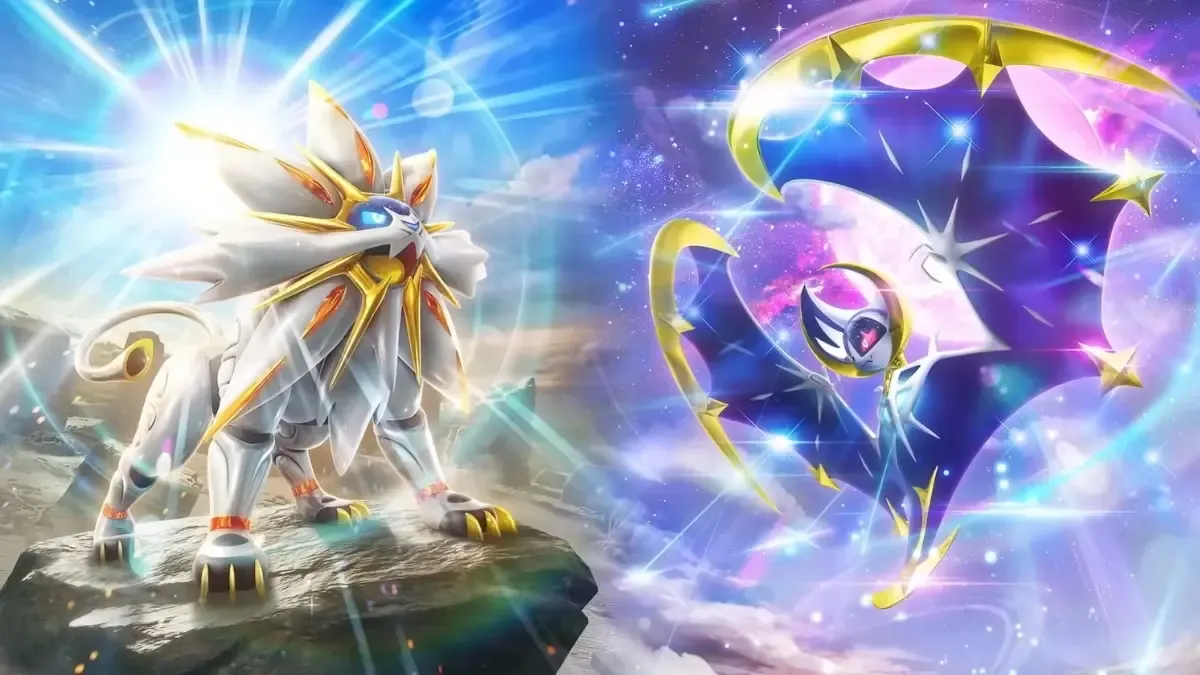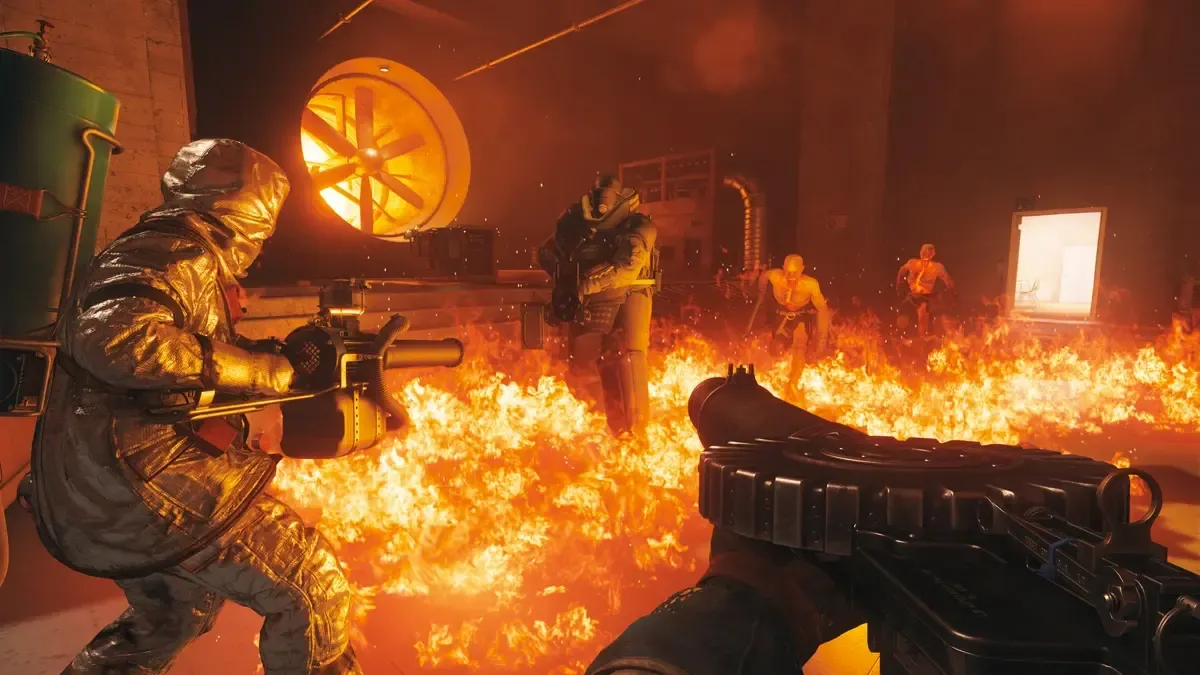Image: Ubisoft
Even after multiple delays, it’s clear that Ubisoft’s pirate adventure Skull and Bones needed more time in the oven.
Ubisoft’s latest multiplayer offering Skull and Bones has become infamous for all the wrong reasons, but one could argue that infamy suits a pirate game like this anyway. It’s a well-known fact that the game began its life as an ambitious MMO spin-off of Assassin’s Creed IV: Black Flag all the way back in 2013, before conflicting ideas and management woes caused the game to change shape and size over the span of the next decade. It was finally unveiled as the pirate game Skull and Bones in 2017 under the helm of Ubisoft Singapore, before being delayed into 2019, then 2020, then 2021, then 2022, then… Well, it’s 2024. You get the idea.
After all that drama, it’s hard to believe that I’ve actually been playing Skull and Bones for the last week. It’s even harder to believe that despite its long development time, a whopping number of 11 Ubisoft studios partnering up to work on the game and multiple delays (some of them indefinite!) meant to polish things up, almost every element of Skull and Bones’ core gameplay loop is woefully underbaked and fun factor-deficient.
This pirate’s life is not for me
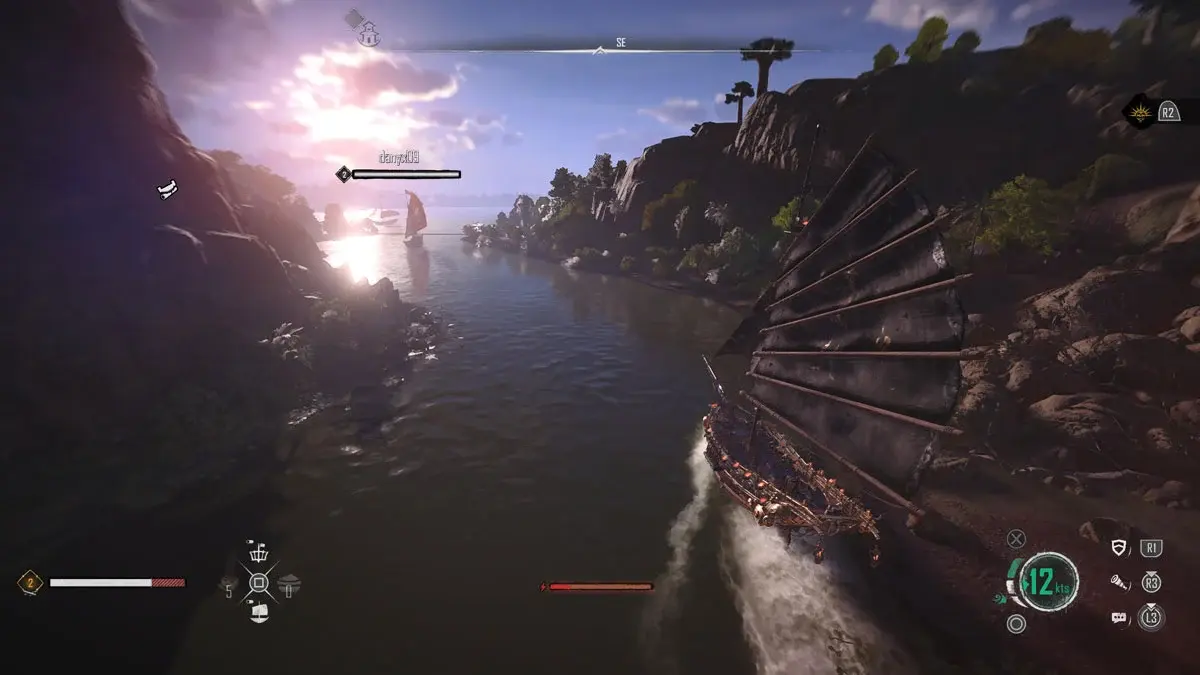
If there’s one positive thing I can say about Skull and Bones, it’s that the game at least recognises what players want the most out of a pirate game: to sail around on big ships and blow stuff up. The campaign immediately kicks off with players captaining a large pirate ship on a mission to loot treasure in the Indian Ocean. You get a feel of the game’s basic sailing mechanics - which are a lot simpler than Black Flag - and its sea combat system before the British Navy intervenes and blows your ship to bits. The player then assumes control of a crewmember of the ship and goes through the usual character customisation screen before being rescued by their future crewmates.
Ubisoft’s character customisation has never been particularly great, but a few of its games have severely let me down here right off the bat. Ghost Recon Breakpoint’s graphical issues made its character creator hilariously unsatisfying, and Avatar: Frontiers of Pandora, while still a much better game than this, gave players a bare handful of options to create their very own Na’vi. Skull and Bones character creator can best be described as ‘it works’, in the sense that you have enough options to make the pirate you wish to be, but not nearly enough options to make them look just right - from adjustable facial features to a wider range of skin colours. That being said, I understand that this won’t matter much to anyone who, unlike myself, doesn’t really care about character creator screens. Baldur’s Gate 3, this is not.
However, this character creator is emblematic of Skull and Bones’ biggest problem: it’s full of systems that would be engaging if they weren’t so half-baked. While Assassin’s Creed: Black Flag’s pirate shenanigans came with the baggage of a larger Assassin-Templar conflict, this game has the luxury of giving players a more fully-formed pirate fantasy. That makes Skull and Bones’ shallow and forgettable campaign all the more disappointing. Shockingly poor voicework, dated animation, and generic dialogue drag the story down from the offset, but the protagonist’s journey only becomes thinner and more predictable as you trudge towards the finish line.
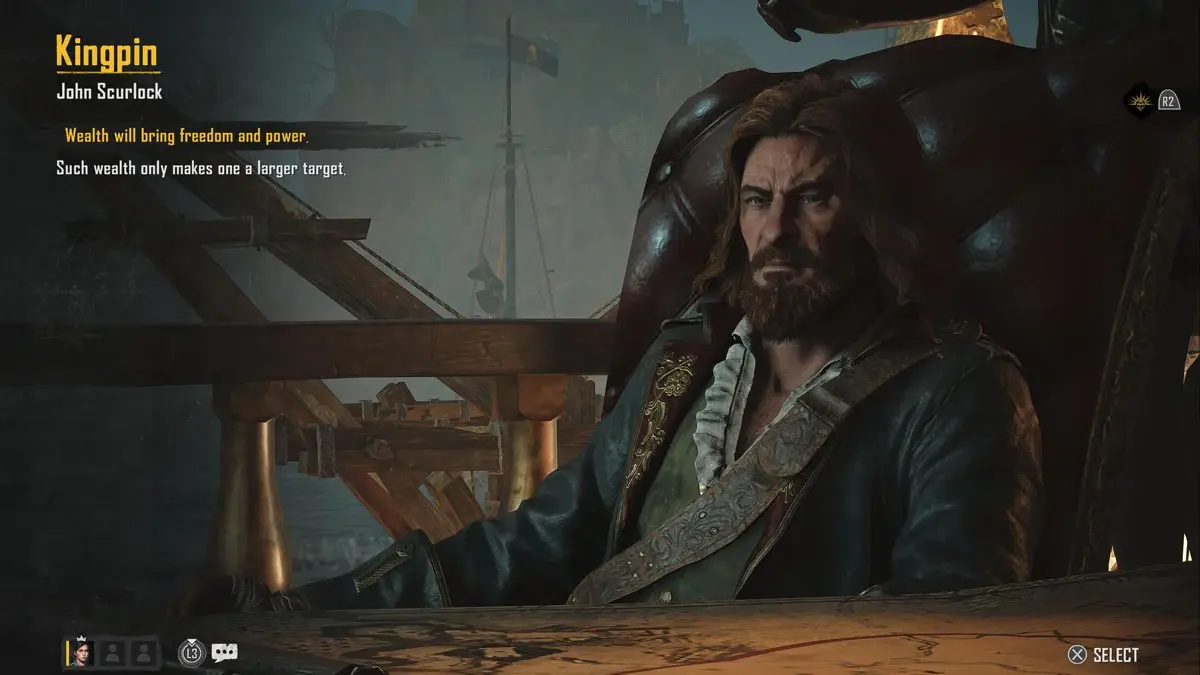
Every cutscene in this game provides a hamfisted excuse for players to either blow ships up, mine for resources, or visit distant settlements - the narrative thread connecting each activity is usually as thin as ‘the pirate king told me so’. In fact, the pirate king himself often feels like the closest thing this game has to an actual character. Many of your early game quests are spent dealing with vendors who mull around settlements, asking you to pick things up from across the sea just to craft ammunition, ship weapons, and so on. Even the two characters who help save the protagonist at the very beginning of the game fade into the background as crewmates, only heard while captaining the ship.
Many core elements of this game feel like the work of a rushed development cycle - despite the time that has been put into it - and this campaign certainly is one of them. Perhaps if Skull and Bones was a smaller game with more focus paid to its writing, narrative, and character work, I might be more impressed. As it stands, fans of a good pirate adventure might as well catch a rerun of the Pirates of the Caribbean movies and save some time.
What about the multiplayer stuff?
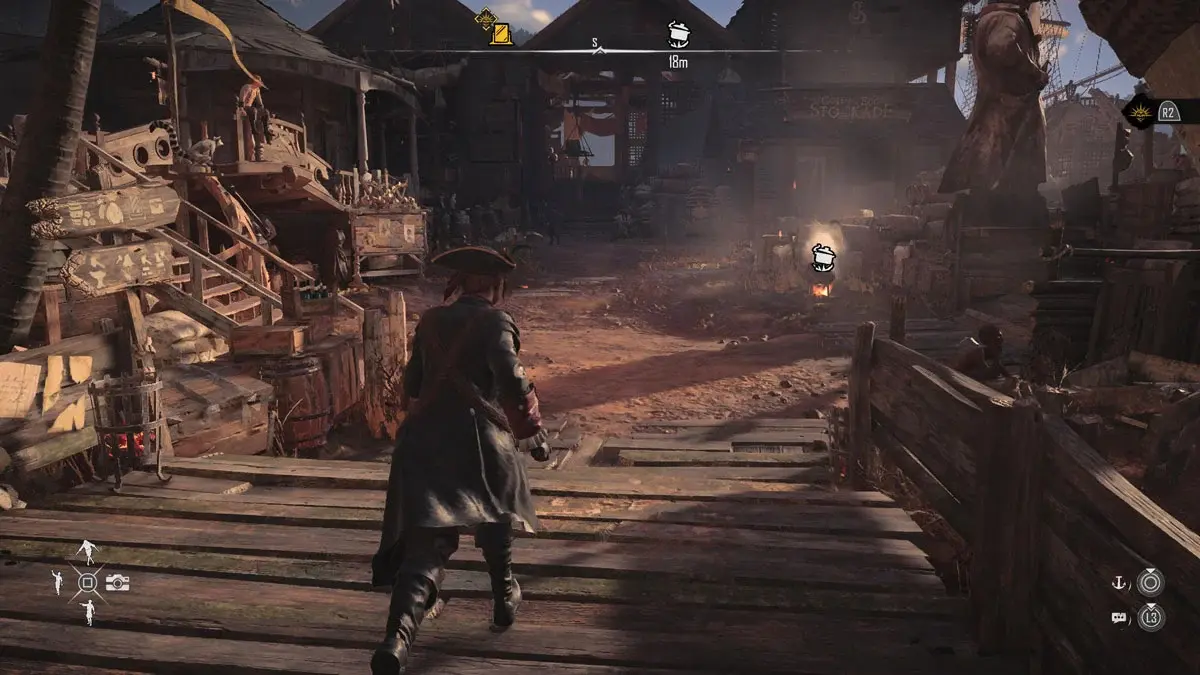
I won’t say that Skull and Bones is a great pirate game, but it is at the very least a functional one. Sid Meier’s Pirates is a childhood favourite game of mine and to this day a surprisingly good measure of how fun a pirate game can be. That game had ship warfare, bartering, interesting characters, and climactic sword duels. It's now 20 years old, but remains a testament to the pirate fantasy few other games - Sea of Thieves notwithstanding - have managed to live up to.
With the barebones campaign Skull and Bones has to offer, the onus is really on the player to create a worthwhile pirate fantasy out of its multiplayer sandbox. This is a much more lightweight experience than games like Sea of Thieves, with a heavier emphasis on sea travel and naval warfare compared to land exploration and plundering. There is no seamless land-to-sea travel, for example. The screen just fades to black when you dock, and then you’re suddenly walking around a settlement. When fighting other ships, you have the option to board them and lay waste to their crew - but you don’t actually get to do any of that. You press a button and watch a cutscene play out, then you press another button to steal all their stuff and it’s over. It’s a little lazy and repetitive, but again, indicative of developers prioritising resources elsewhere. Clearly, someone thought multiplayer activities were more important than a proper melee combat system.
To its credit, Ubisoft has managed to give us an adequate pirate sailing game here. Building your first ship and looking forward to supplying it with weapons, customising it, and eventually upgrading to a whole new vessel did actually encourage me to plow through the seas, blow ships out of the water, and plunder towns with random strangers online. Ship controls aren’t very difficult to get a hang of, but they are rather arcade-y, so there isn’t a lot to master here. The same goes for the ship’s weapons. The main thing to keep track of is which side of your ship faces the enemy, but spamming the fire button works wonders unless you're under-leveled.
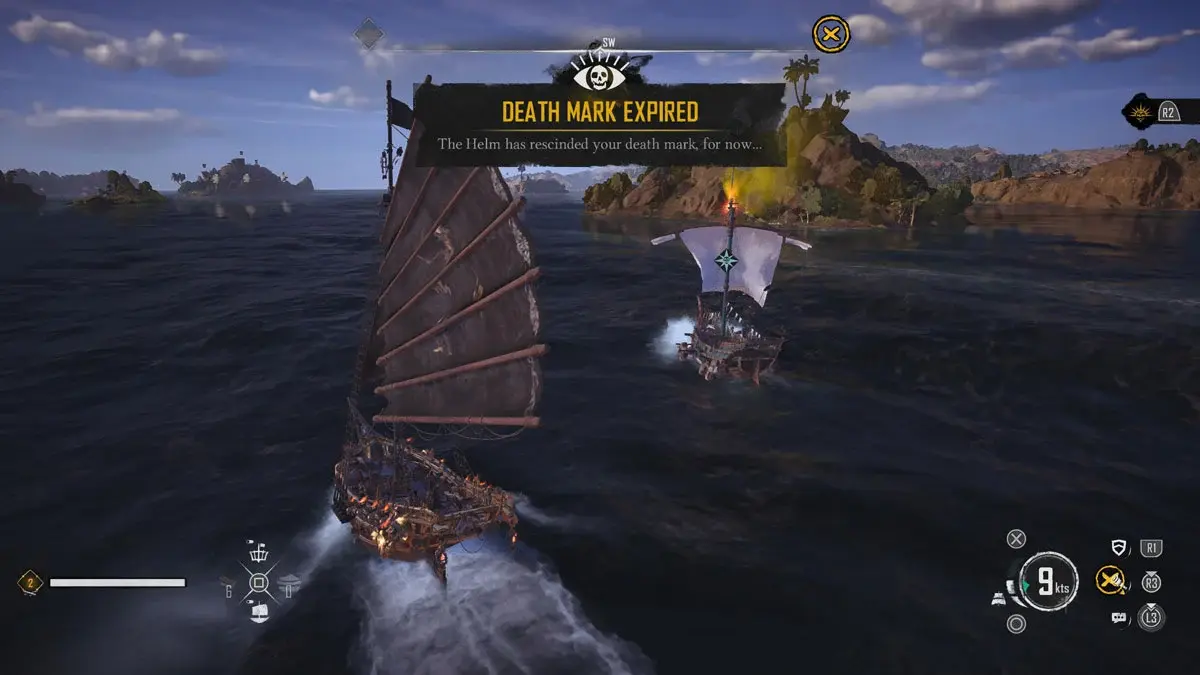
That being said, sea travel is still rife with missed possibilities. You mostly navigate calm waters throughout the campaign and its endgame activities, for example. You don’t really run into trouble with storms, bad weather conditions or rough waters unless you travel further away from civilisation, but why would you even go so far when everything you need is closer to safety? The resource-gathering system, which mainly consists of a few QTE-like minigames you play whenever your ship happens upon a coconut tree or ore deposit, is also a bit out of place. You just time a button press correctly a few times and sail away with some coconuts in your cargo hold. It’s weird, considering that the game does occasionally let you dock at small island settlements around the map. Why couldn’t I gather coconuts there on foot? At least it would’ve given these areas some purpose beyond vendors and treasure hunts.
The game’s multiplayer activities are still a bit of fun, at least. Multiplayer works a lot like recent MMO-lites like Diablo 4, where players are visible in the open world but won’t affect your playthrough unless you interact with them. They can also join certain activities just by sailing in, which can be helpful as a few of them get quite difficult. Siege missions, for example, have you guard a city being plundered while waves of ships come in to defend it. You have to beat them back as a timer ticks on, and that can be a lot more efficiently done with other players around. Again, it would’ve been a bit more interesting if these missions had a second phase where you got to physically dock and attack the town yourself - but that might be asking too much of a game like this.
I also ran into quite a few bugs during my playthrough. There’s an endless ‘Death Mark expiring’ pop-up notification that can hound your screen incessantly regardless of whether you had a Death Mark to begin with, for no apparent reason. Sometimes, when you’re in a settlement and have to use a rope to get to a lower area, the ropes can just stop working and trap you in the settlement forever. I’m sure Ubisoft will fix these problems in due time, but it’s certainly not one of their most polished titles in recent memory.
Verdict
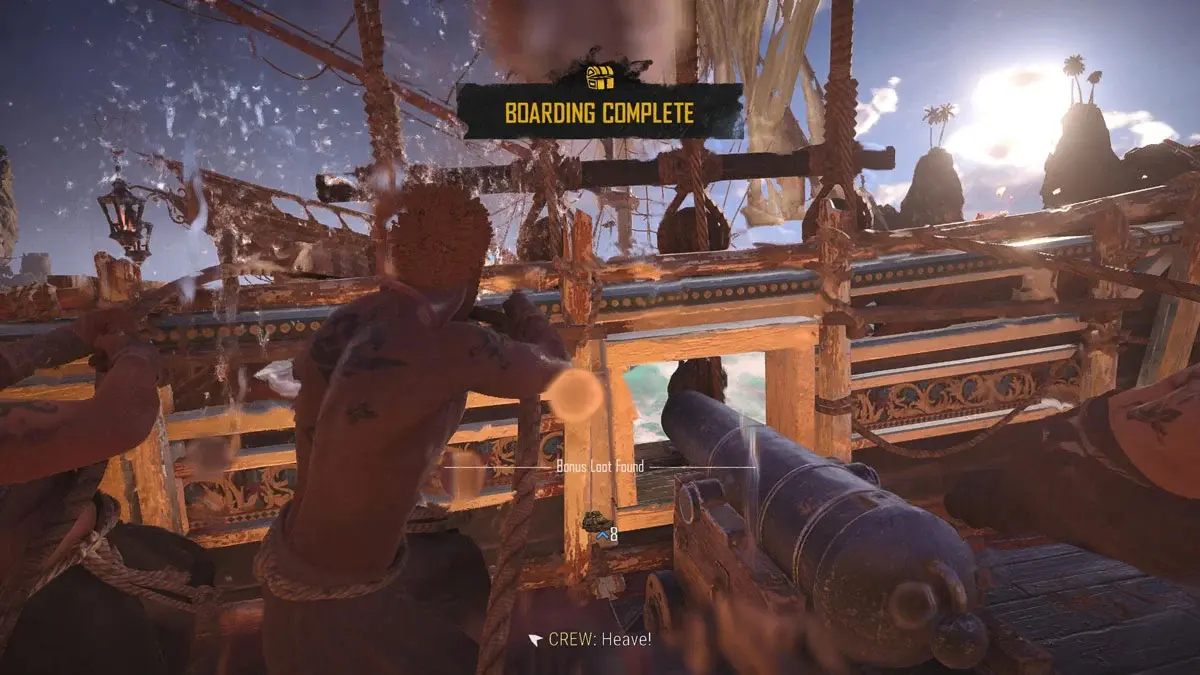
Skull and Bones might not have been worth the wait, but it’s a solid enough pirate game for anyone with a hankering to set sail and listen to some sea shanties. The game’s bombastic soundtrack does a lot of work to squeeze jolly adventure out of a fairly uninteresting pirate sandbox, and the many multiplayer activities, cosmetics, and ship-building options will keep you busy for a good amount of time. If the thought of sailing around in a pirate ship for 20+ hours doesn’t fill you with a rush of dopamine, however, I really wouldn’t pick this up.
Is this the, “full, triple… quadruple-A game,” Ubisoft CEO Yves Guillemot recently claimed it would be? Far from it, but I wouldn’t raise the white flag just yet.

